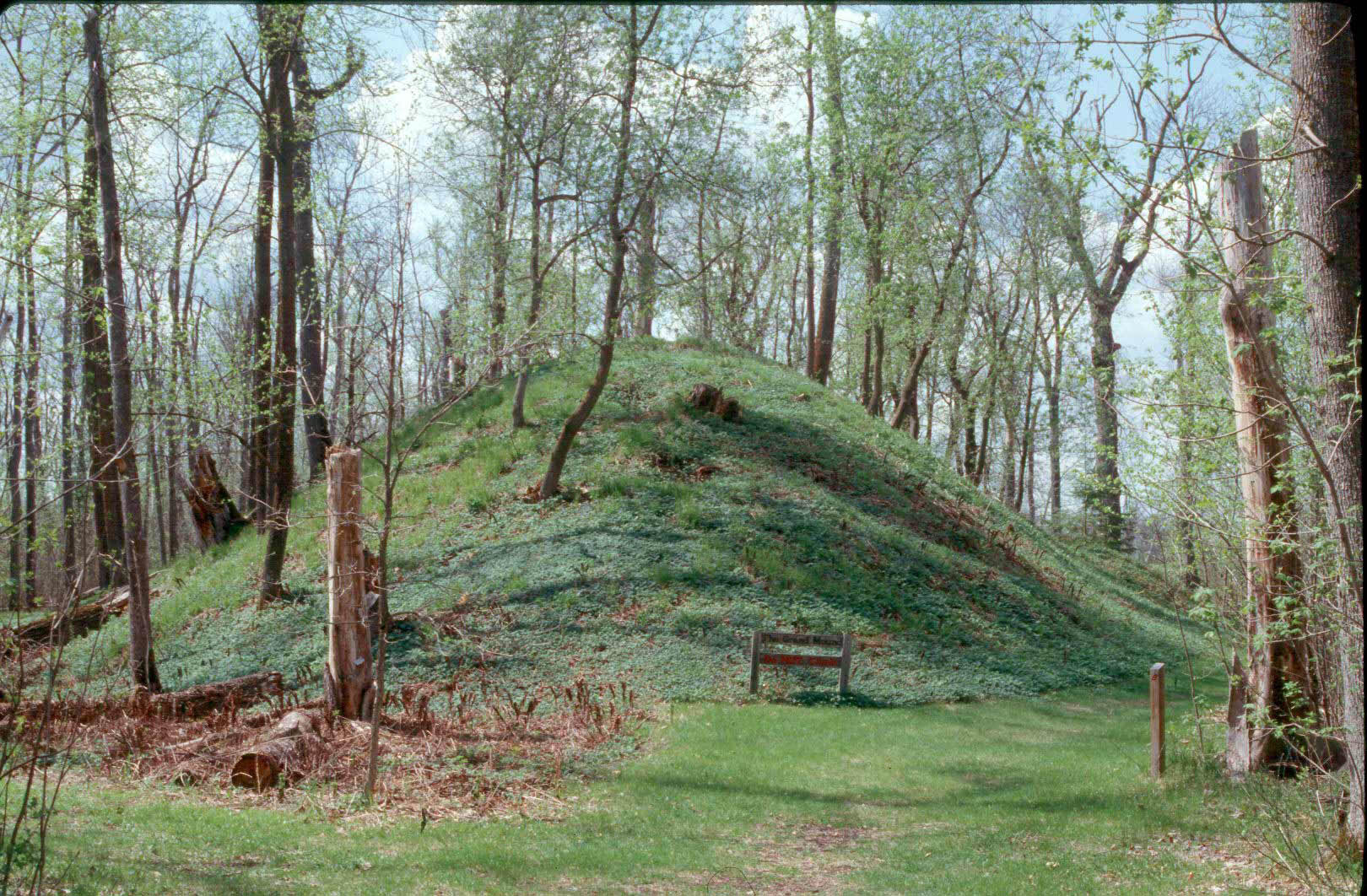Let's bring together all my favorite things: random tables, automated through Inspiration Pad Pro, OD&D-style strongholds, and ancient history turned fantasy!
I put together a generator file for Strongholds:
It's based upon:
- The wilderness and treasure sections of Delving Deeper form the foundation (DD is one of the best OD&D clones out there!).
- For the NPCs, I added the wonderful d4 Caltrops Vocations, Mannerisms & Pecularities!
- For names, I loaded thousands of ancient Greek, Egyptian, Mesopotamian, Hittite names, sources from Kate Monk's Onomastikon.
- And fleshed it out with some of my own work.
- Also, for inspiration, read the collected "Implied OD&D setting" posts!
A couple of examples:
· Plains hex
· The Stronghold is a centuries old fastness at a bridge. It was won at a game of chance by the current resident. Its condition is weak.
· The resident is Eurykratides the Barbarian, a level 10 Chaotic Magic-User (signature spell: Phantasm), Judgmental and Paranoid; with an entourage of Gargoyles. Attended by 2 Apprentices (level 3-6 Magic-Users).
· The resident's coat of arms is a Purple Flower against Black field.
· A force of 130 Berserkers is garrisoned in the Stronghold.
· No Specialist hireling is in the resident's personal employ.
· Some NPCs: Pushu-ken (Fastidious Caulker), Satyros (Egotistical Shrine Attendant) and Luga the Gray (Honest Furniture Maker).
· An artifact is hidden in the zoo: a Map leading to a magic item: a magic sword:
Teeth of Leontiades the Mad
Lawful Sword +2, Ego: 5 (+1 for each language or power), Intelligence: 5
(Unintelligent)
If both Intelligence and Ego are equal to or over 9, the sword's Purpose is to
Slay fighters
· Mountains hex
· The Stronghold is a pre-human fort inside a volcano. It was created by the
current resident. Its condition is serviceable.
· The resident is Duchess Oarizus, a level 11 Anti-Cleric
(signature spell: Insect Plague), Impolite and Giggling; with an entourage of Vampires.
· The resident's coat of arms is a Black Gorgon against Silver field.
· A force of 100 Orcs is garrisoned in the Stronghold.
· No Specialist hireling is in the resident's personal employ.
· Some NPCs: Ahu-shina (Earnest Hawker), Maiandrios (Irrational Guardsman) and
Pinotmou the Equine (Observant Jailor).
· An artifact is hidden in the bedchamber: Plate armor & shield +2.








